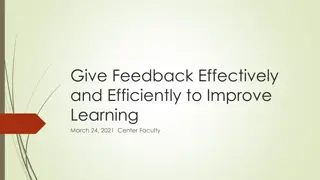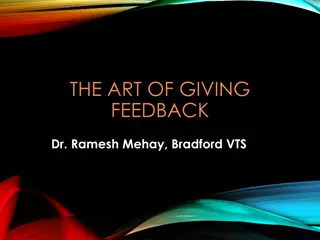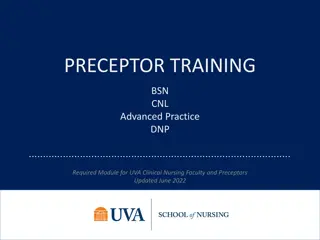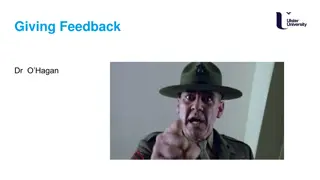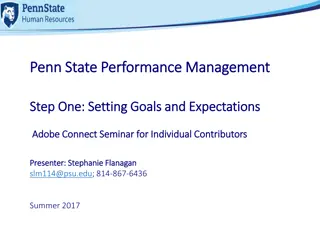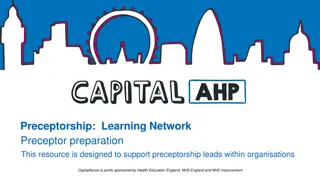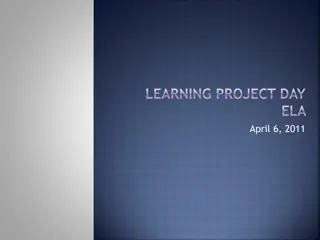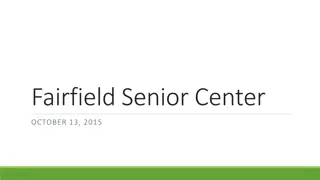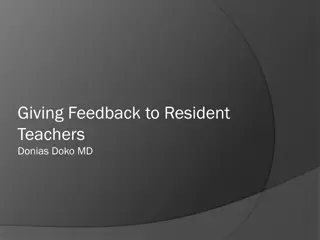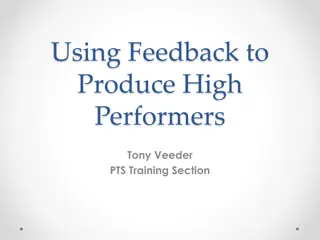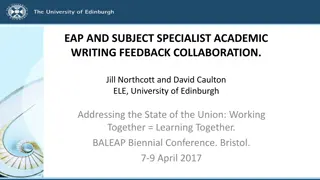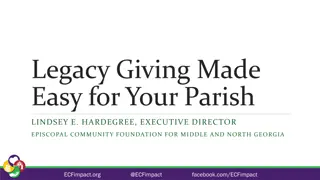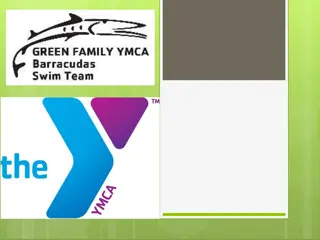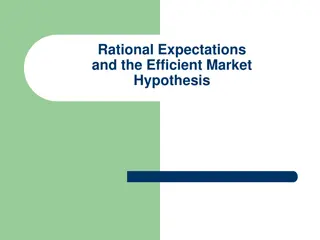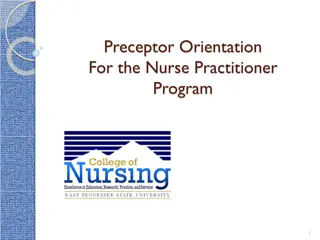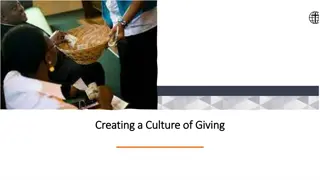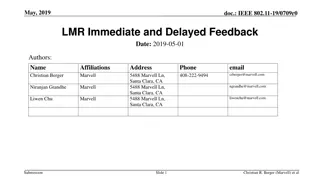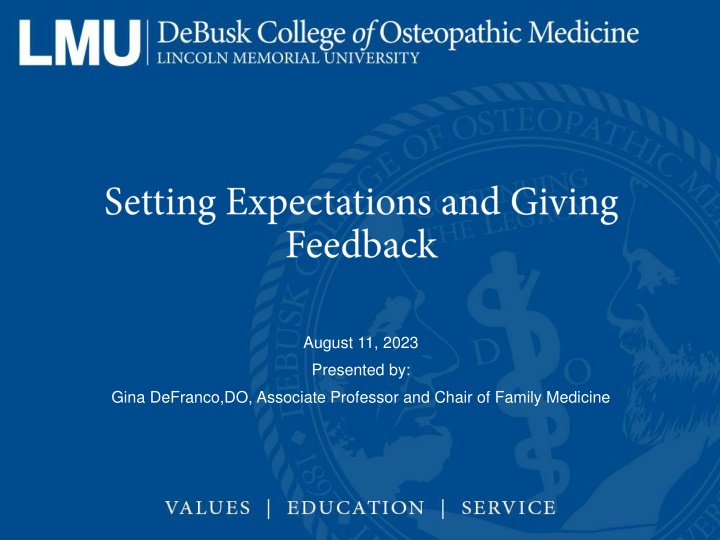
Effective Feedback Strategies for Educators and Coaches
Enhance your feedback skills as an educator or coach with practical strategies to create a supportive learning environment. Explore the importance of feedback, methods for providing constructive input, and fostering growth through reflection and accountability. Learn how to make feedback meaningful and initiate valuable conversations in diverse practice settings.
Download Presentation

Please find below an Image/Link to download the presentation.
The content on the website is provided AS IS for your information and personal use only. It may not be sold, licensed, or shared on other websites without obtaining consent from the author. If you encounter any issues during the download, it is possible that the publisher has removed the file from their server.
You are allowed to download the files provided on this website for personal or commercial use, subject to the condition that they are used lawfully. All files are the property of their respective owners.
The content on the website is provided AS IS for your information and personal use only. It may not be sold, licensed, or shared on other websites without obtaining consent from the author.
E N D
Presentation Transcript
August 11, 2023 Presented by: Gina DeFranco,DO, Associate Professor and Chair of Family Medicine
Join at slido.com #3440041 Start presenting to display the joining instructions on this slide.
There are no commercial interests associated with this presentation. I have no conflicts of interest regarding the information contained in this presentation.
Objectives Apply One-Minute-Learner/preceptor concept for setting the stage Apply the Prepare to ADAPT process for both in-time and comprehensive feedback Create a safe and productive atmosphere for students to use feedback as a growth experience Use outcomes of immediate feedback to compile long-term feedback Use available instruments to help in providing feedback
Use one or two words to describe your favorite teacher. Start presenting to display the poll results on this slide.
Use one or two words to describe your favorite coach. Start presenting to display the poll results on this slide.
Teaching Providing information Providing support Nurturing Coaching Learner accountability Reflective learning Goal-oriented collaboration
Asks questions Discuss the hard truths Encourage change Promote accountability Follow progress
Feedback is very important to trainees Encourages self- reflection and improvement for the students Changes the mindset about change!
Common concerns surrounding giving feedback Making feedback valuable and meaningful Being in a space/place where feedback is a conversation Varying practice settings The expectation of only positive feedback The power differential First step: Set expectations! For the student AND yourself
Productive feedback starts with setting clear expectations Overarching expectations for the whole rotation that align with student s goals Smaller expectations on a daily/weekly basis Having a tool to help set expectations eases the process Take notes both you and the student BE SPECIFIC. Remember coaching is a two-way street!
Perspective: Students as a guest in my home For both student AND preceptor Meant to be used at the beginning of each teaching/learning session 6 components Goals preceptor s AND student s Getting Going Who and how How Much and How Long Presenting Charting Questions
Goals What is the student s level of training? Ask and observe Student specific goals Your goals for the student Getting Going Where to be when? How does patient flow work? Who to see? Who is the go-to person for students?
What does "Getting Going" look like in your practice? (When, how, and who should the student see?) Start presenting to display the poll results on this slide.
How Much and How Long What limits do you put on students? What should they never do unsupervised Are there time/complexity parameters? Presenting When and where? What format? How detailed? What kind of feedback/discussion should they expect?
When, where, and how do you prefer students to present patients? Start presenting to display the poll results on this slide.
Charting Where and when? Access to EHR? How will student documentation be used? Questions For you How do you handle questions? When is the best time? Can students use their phone/iPad/Surface/etc ?
What are your charting expectations for students? Start presenting to display the poll results on this slide.
Define the parameters for each of your practice settings BE AS SPECIFIC AS POSSIBLE!! Solidify a time for discussion Once? Daily? Weekly? If different practice setting? Utilize staff/nursing to assist
Performance-based, fixed mindset Look good Conceal deficiencies Avoid challenge Avoid working hard Uncomfortable with feedback Learning-based, growth mindset Learn Seek challenges Work hard, accept that setbacks happen Ask for feedback frequently
As a student, what made you most uncomfortable about receiving feedback? Start presenting to display the poll results on this slide.
Emphasize the importance of the process Praise hard work with successes, not just the successes Make feedback a normal thing Walk the talk Acknowledge your own struggles Explain your intentions
Whenever it is requested by the learner After a time of planned observation Patient visit in the clinic, etc Following a procedure After a staff interaction Feedback is a discussion/debrief a coaching session
Description of what the LEARNER feels about the situation Can be used for planned feedback or sought- after feedback Examples: How do you feel that went? (for a procedure) What are you trying to accomplish? (when asked for feedback about a specific task) What do you need feedback on? (perhaps an advanced learner/colleague)
Reflect on the learners self-assessment Discuss what you saw/experienced Describe the impact positive or negative Use the facts observations vs perceptions Provide constructive suggestions
Explore their understanding of what was discussed Ask if clarification is necessary What do they want to do with this information? What do they think they need to focus on?
How would you like to move on from here? What would you like to do to improve upon X? Let s make a plan to get you where you want to be Give actionable advice Note that this is LAST not FIRST Lastly follow progress!
Prepare to give feedback Use the One Minute Learner to see what the student would like to work on Ask the student how they best receive feedback Opportunities for real-time feedback Procedures Observed patient visits Case presentations When issues arise
Steve Jones, OMSIII has been in the clinic for one week. He wants to improve on his differential diagnosis skills. You see a fairly straightforward patient and ask for his assessment. He points out one plausible diagnosis and a few rare zebras.
Put these statements in order for the ADAPT process with Steve Jones, OMSIII Start presenting to display the poll results on this slide.
Long-term Feedback Use moments of real-time feedback to prepare for long-term feedback Use the expectations set for the encounter/day/rotation as a reference Set aside time to discuss Use a brief ADAPT with each point for a mid-rotation eval Sit with the student to fill out the form Ask what their next rotation is, this will help giving feedback Be specific!
Work on real-time feedback first Short and sweet To the point Have it in the moment Get to know your learner as best you can Setting clear expectations For the patient, the day, the week, etc If it s not going well, set a specific time to reconvene The key to feedback is learner participation We re not telling them what they need to do, we re helping them work through it
Audience Q&A Session Start presenting to display the audience questions on this slide.
References Hoffman, M., & Cohen-Osher, M. (2016). The One Minute Learner: Evaluation of a New Tool to Promote Discussion of Medical Student Goals and Expectations in Clinical Learning Environments. Family medicine, 48(3), 222 225. https://pubmed.ncbi.nlm.nih.gov/26950912/ https://sites.uw.edu/uwgme/adapt/ https://www.med.upenn.edu/flpd/assets/user- content/documents/Giving%20Real%20Time%20F eedback.pdf https://depts.washington.edu/lgateway/files/feedba ck-can-be-less-stressful.pdf


